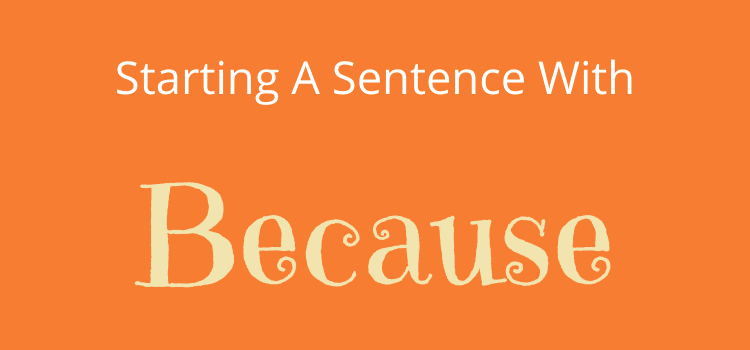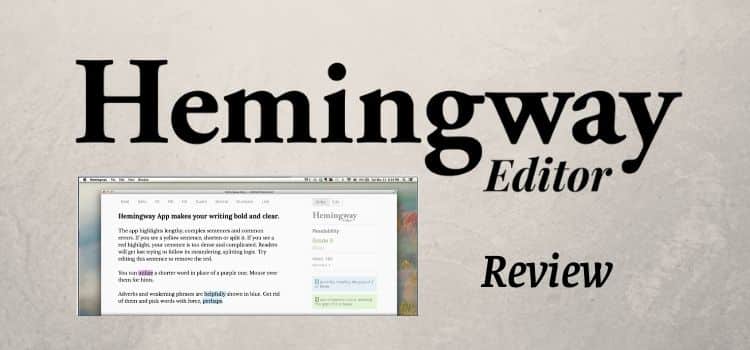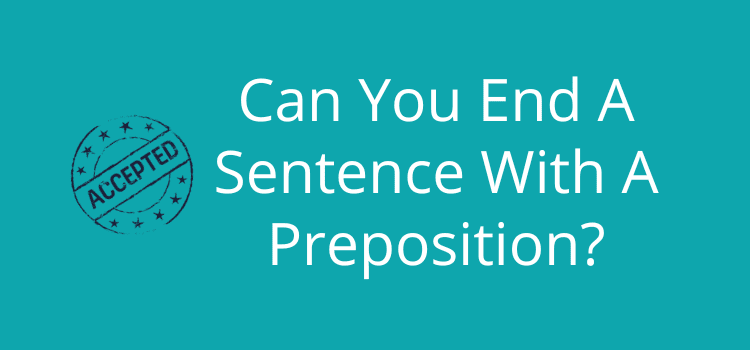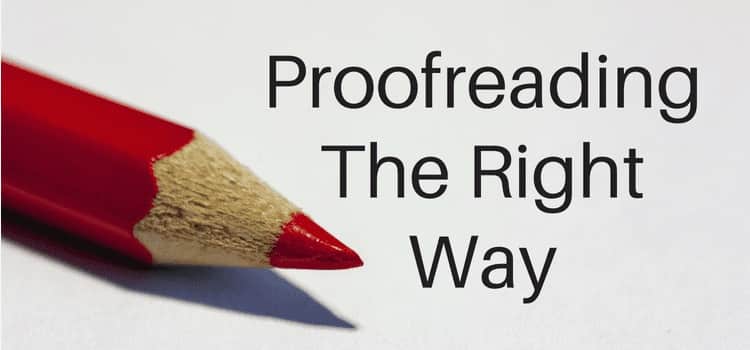
It’s slow, but the art of proofreading is a necessary skill.
Editing, copy editing, and proofreading are separate processes in preparing a text in the publishing industry.
The three processes are used for newspaper articles, online content, or business documents. However, they are more commonly associated with preparing a book manuscript.
After the editing stages are complete, often by a copy editor, a proofreader checks the text for spelling, grammar, and typographical errors.
Will you hire a proofreader?
Do you plan to use a professional proofreading service?
You can usually find an estimation of the price on a proofreader’s website.
However, you can always discuss and negotiate.
Some proofreading services charge per 1,000 words, while others at an hourly rate.
You might want to check if any references are available.
Also, make sure you ask the proofreader in what format they will return your corrected manuscript.
Will you be able to see all the changes and corrections?
Tracking changes in Microsoft Word is the most obvious way to do this.
If you are going to pay, make sure the service does not use online proofreader software or electronic proofreading tools.
You only want to pay for experienced professional human proofreaders.
Proofreading marks
On printed texts, a professional proofreader usually notes errors in spelling, punctuation, or omissions using a set of defined proofreading symbols from style guides.
Here is an example from the Chicago Manual of Style.
Proofreaders’ Marks
The following list is from Figure 2.6 of the 17th edition of the Manual.
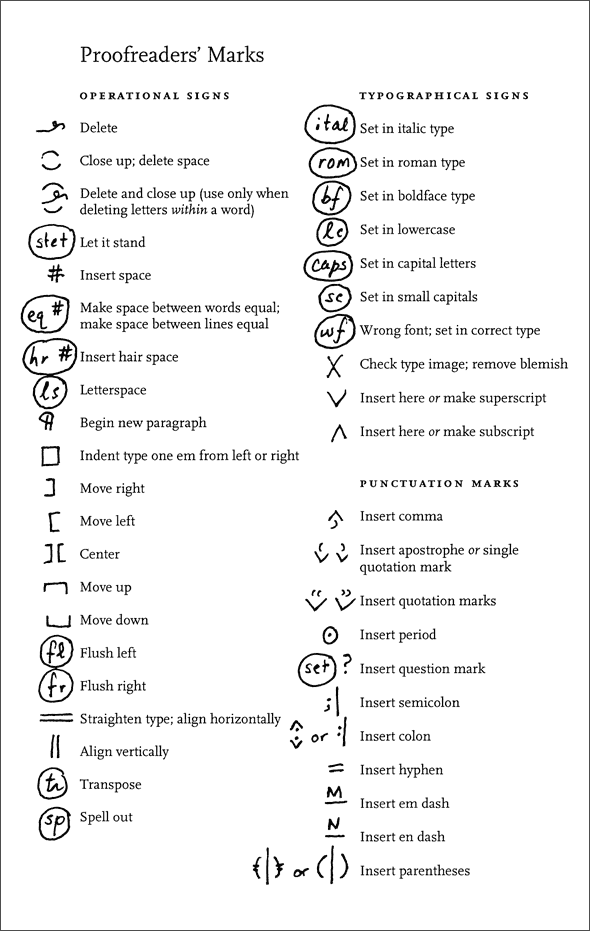
Wikipedia also lists the most common proofreader’s marks.
Depending on the proofreading service you hire, you may be able to ask for a printed copy of the proofreader’s markup of your document.
DIY proofreading
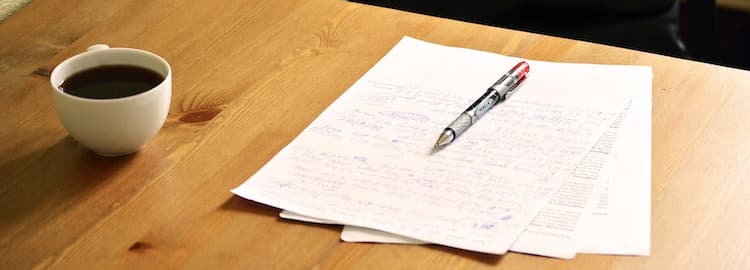
It is not always practical or economical to hire a professional proofreader.
For students who need to have their papers edited and proofread, the cost is often much more than they can afford.
If you are a blogger writing two articles a day, you need to get your work done quickly and efficiently. It is obviously not cost-effective to pay for proofreading for every article you write.
For authors, a book of between 60,000 to 120,000 words can cost anywhere between $1,000 to $3,000.
As the average annual earnings of self-publishing authors are pretty modest, the price of proofreading can prove prohibitive.
But in all cases, you really should find someone else to proofread for you.
Another pair of eyes
You know you have good writing skills.
But a writer’s brain is often so hard-wired into the creative process that it can easily overlook even simple spelling errors.
It is difficult to spot mistakes in your writing.
If you are in contact with other writers, why not help each other? Perhaps you have a friend or family member who can help.
Finding someone to help you is essential, particularly if you use English as a second language.
Whether you decide to proofread for other people or your writing, following some basic proofreading techniques will help you achieve much better accuracy.
How to proofread a text
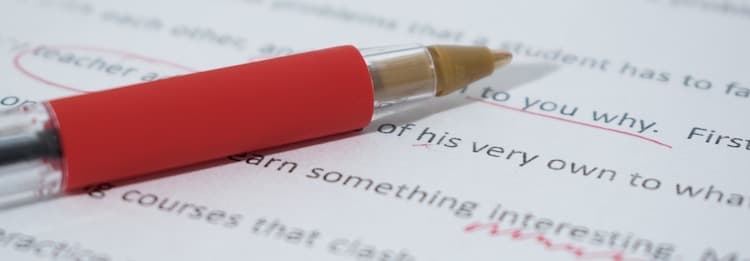
The first step in checking a text is to use online editing tools and a grammar and spelling checker.
But it is not proofreading.
Any online tool is only useful for finding and fixing basic grammatical errors or as a quick spell checker.
It will not result in an error-free text.
However, finding and correcting the most obvious errors will save you time in the proofreading process.
Once you have completed an online check for grammar and punctuation, it is time to turn off the screen.
You can read on a PC, iPad, or Kindle, but it is impossible to proofread efficiently on a screen.
Always print to proofread
You need to print out your text.
A good proofreading tip is to adjust your text to double-line spacing and increase the font size slightly.
Now sit down with your text, grab a coffee, and a red pen.
To start, go to the last page and look at the last word.
Then, slowly read the text, sentence by sentence, from end to beginning. Why?
This technique in proofreading helps you concentrate on each sentence individually without worrying about context or story flow.
It allows you to focus on orthography, word by word, on every word in each sentence.
Pay attention to punctuation marks such as missing question marks and unclosed quotation marks.
Mark the errors you find, and perhaps use the symbols from the image earlier in the article.
Read aloud
Now, go to the beginning of the text and start reading out loud.
Maybe you will need to find somewhere quiet and private for this stage.
When you read aloud, your brain can work with two senses instead of one.
Using your eyes and ears together will find more errors than your eyes alone.
Read each word slowly, and go back and repeat a sentence or passage if you have any doubts.
As you do, let your ears listen for things that “just don’t sound right.”
Your eyes will continue to focus on typos, missing or unnecessary commas, missing punctuation marks, or paragraphing irregularities.
The essential ingredient is taking it slowly and double-checking every line. Never rush the task of proofreading.
When you have finished, go back to your computer and make all the corrections to your document.
For a short document, once is usually enough.
But for a long novel, you will need to go through this process at least two or three times.
Summary

Slow and accurate are the best two words to describe the process and art of proofreading.
You can never do it in a hurry.
Make sure you have plenty of time and no distractions. You need to concentrate, so turn off the music and the television.
If you have to proofread your writing, always leave it for a day or even longer before you start.
You need to disconnect from the writing process before you can begin to be analytical.
Leaving a finished manuscript for a month or more is very good advice for authors.
There is no quick and easy way. You can use all the online tools you can think of, but they will never replace human reading.
Electronic tools are poor at understanding words in context.
An example is when using persons correctly instead of people in a legal context.
They will very often miss words that are spelled correctly but are not accurate in meaning or placement.
Human eyes are the only proofreading tools you can trust to find grammar, syntax, spelling, punctuation, and formatting errors.
Related reading: How To Write In Formal Register For Essays And Letters

